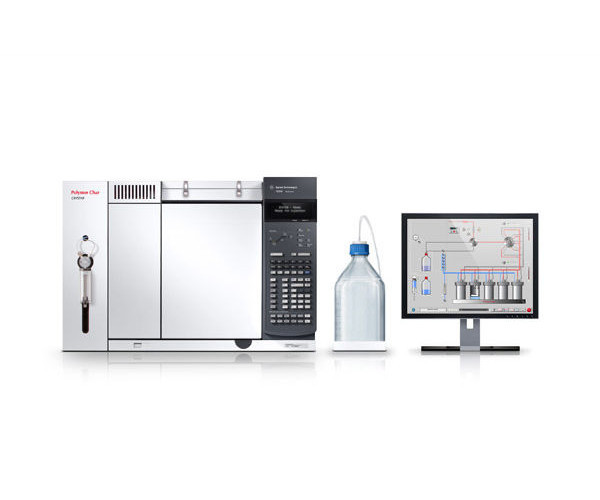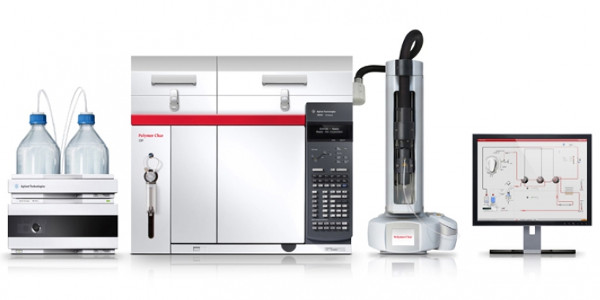

Chemical Composition Distribution Products
CRYSTAF
CRYSTAF instrument performs the Crystallization Analysis Fractionation technique to separate the polymer by its comonomer content.
Read More >>>
TREF
Polyolefins and Polymer Char's TREF is the first automated analytical instrument that performs Temperature Rising Elution Fractionation (TREF) to characterize Chemical Composition Distribution (CCD).
Read More >>>
CRYSTAF-TREF
Due to the differences in the undercooling between PP and PE, analysis of complex PP-PE combination has been shown to require both TREF and CRYSTAF to unequivocally characterize unknown samples.
Read More >>>
CEF
An advanced approach of measuring Chemical Composition Distribution (CCD) by Crystallization Elution Fractionation (CEF) in Polyolefin.
Read More >>>
TGIC
Thermal Gradient Interaction Chromatography (TGIC) is using carbon based adsorbents to characterize the composition distribution in polyethylene copolymer.
Read More >>>




